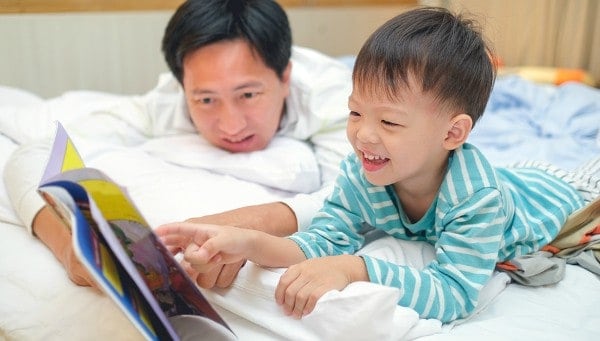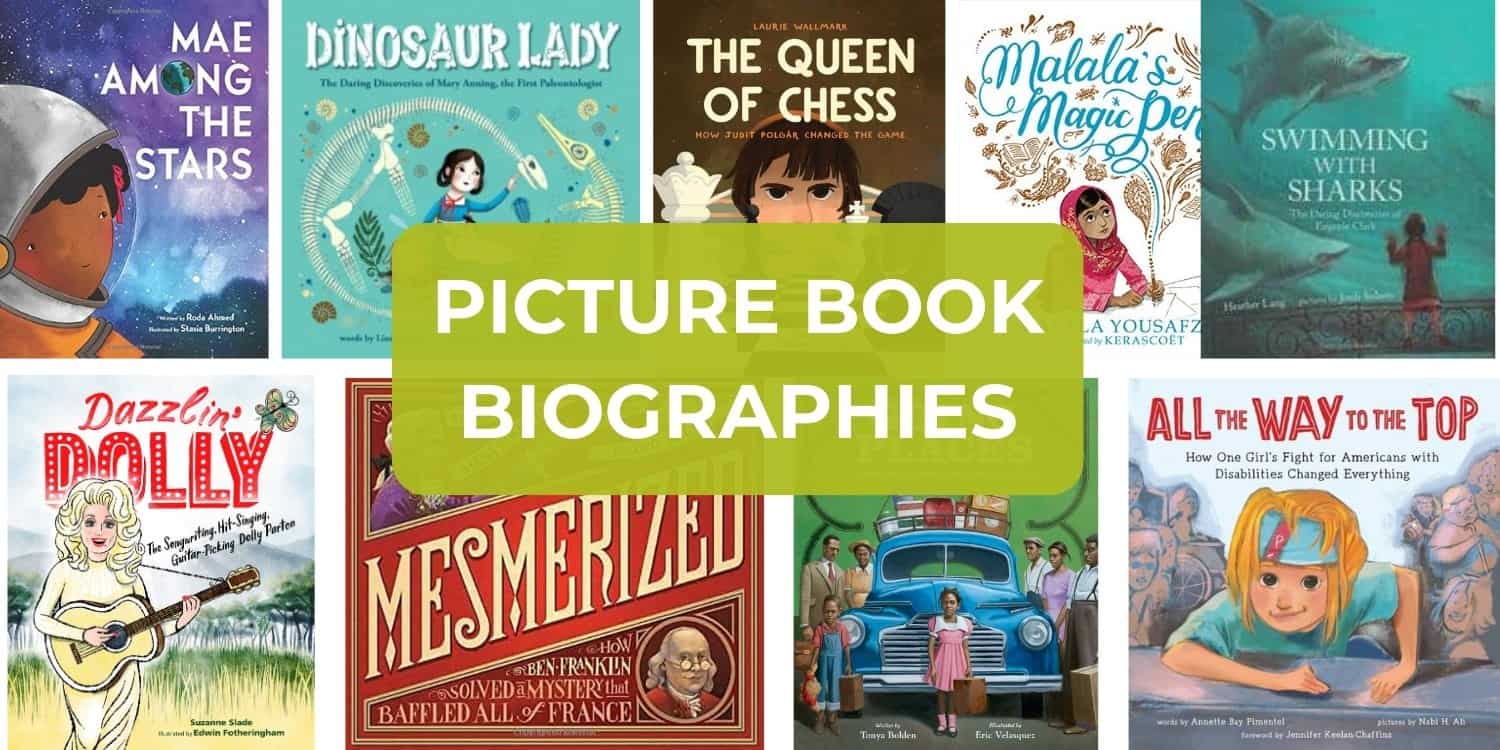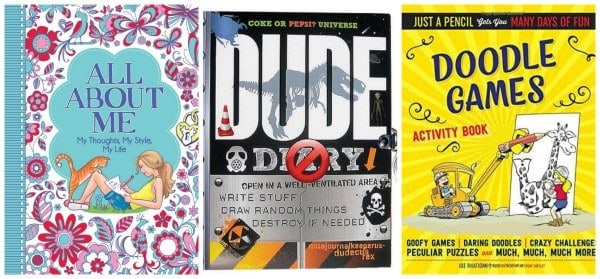Innocent Hand Clap or Racist Song?
This post may contain affiliate links.
“Mom! Want to see something?” my eight-year old asks. She gets off the counter stool and stands, waiting.
I finish unscrewing the vitamin lid, “Okay, what?”
“It goes, ‘I went to a Chinese restaurant to buy a loaf of bread, bread, bread . . .'”
Her hands clap and pat her legs as she continues singing.
“’. . . punch you in the body, oops I’m sorry, don’t tell my mommy, Chinese, Japanese.’”
She stops for a second. “This is the part I can’t really do. You’re supposed to do this to your eyes,” she explains as she pulls the skin at the outside corner of her eyes. She looks at me expectantly.
I’m stunned.What the heck do I say?
“Umm . . .,” I say, stalling for time.
More silence. Be calm. Do not get mad. Breathe.
I try a question. “So, what do you think about that eye thing? What if you were a Chinese or Japanese person? What would you think about that?”
My daughter looks confused. “Uh, . . . it’s mean?” she asks.
“Well, probably,” I answer. “I think you’re right about that. So, what do you think about that song?”
She looks away and mumbles, “It’s not nice” and sits down to finish breakfast.
After she leaves for school, I still have the image of my white daughter trying to make her eyes slanty, singing a song she learned at school.
Honestly, I thought we were good on this – I mean we have tons of friends from other countries and other ethnic groups.
But, no excuses.
And, no we aren’t “good” – like we could ever be complacent when it comes to educating our children to be sensitive, compassionate and kind.
And no way is a child of mine growing up singing this song, thinking it’s okay.
. . .
I easily find the rhyme on YouTube and numerous websites, including a homeschool website. Little white girls from all over the United States singing “I Went to a Chinese Restaurant” without any mention of what a child of Asian descent might think, or might feel.
Surely I’m not the only person who thinks this song is unkind?
How will I teach them to recognize this unkindness before I point it out?
I email my friend, YA author Mitali Perkins http://mitaliblog.com in my panic, “I am so troubled, and I don’t know what to do. I’m thinking about books, dolls, movies, field trips . . . all the ways we learn about others. What do you think I should do?”
Perkins wisely writes, “Melissa, develop intentional relationships with your kids along cultural / class lines.” She shares how she drove her kids to play dates with friends in different neighborhoods, invited international students into her home, and visited homeless shelters, hanging out to listen and talk to the people there.”
Perkins adds, “These days refugees and immigrant communities are within driving distance almost anywhere in the US these days, but the bottom line is that it’s relationships across borders is the key to keeping suburban kids’ hearts open to diversity.”
Of course she’s right. But, what really strikes me is that somehow with our relationships (her best friend for four years was Ethiopian), I must, must, must have lots of intentional dialogs with her about prejudice, diversity, and stereotypes.
For example, “Honey, we just had dinner at Shin and Aik’s house – they are from Malaysia, you would not ever want to hurt their feelings by making fun of the shape of their eyes!”
It was my mistake to think that at eight, she would automatically recognize stereotyping without my facilitation, without conversation.
Later, I tell my friend, author and blogger of White Readers Meet Black Authors, Carlen Brice, and she says, “You know what’s sad? I remember learning that hand-clapping song 40 years ago!”
That is sad.
Brice agrees with Perkins, “Relationships are key. Dolls and books will only do so much.”
I have smart friends.
. . .
I think my work is cut out for me.
What about you?
. . .
Do you think this is a racist song?
What do you talk about at home with your kids when it comes to stereotypes and racism?
What intentional relationships to you have with people who are different than you?
![]() Some rights reserved by Pink Sherbet Photography
Some rights reserved by Pink Sherbet Photography
What Is a Constructivist Classroom?
What Makes an Excellent Teacher?







Do you remember, ‘E-nie, Me-nie, My-nie, Moe, Catch a tiger by the toe….or monkey by the toe? The word that was changed is still racist to this day. It’s not ‘tiger’ nor ‘monkey’. I remember a fight in our high school because a white girl was taunting a black girl with the rhyme. Maybe that rhyme has been ‘washed out’ of society by now…hope so!
What’s interesting to me about your daughter is she’s eight and sharing with you what she’s been taught by other children. I don’t think I know any children who intentionally do that with their parents unless they have their communication lines open. That’s your number one, ace-in-the-hole for even being able to start conversations! Good parenting skills!!
I didn’t know about that rhyme. Yuck.
Thanks, Donna. I know she shared with me because of our trust and she really hadn’t realized what she was saying nor the implications. That’s the beauty of dialogue with our kids; we really impact the way they think!
Read, Nurture Shock. It contains a great chapter about kids and racism.
It’s so easy for us to become complacent, avoid what can be uncomfortable, or think that we should leave these discussions until “later”. And now, it can be very easy to engage online without doing it in our daily ‘real’ lives, in our everyday interactions. Great reminder — thank you!
Sometimes our children don’t even realize when something is offensive – and you, as a good parent, pointed it out to your daughter. I think starting the conversation leads to more awareness and empathy on our children’s part. We have dear friends who have adopted two special needs boys from China… any time my daughter hears or sees anything remotely derogatory towards Asian people she brings up the boys and says how bad they would feel if they heard that. I love watching my children as they grow in their awareness of others and their feelings. It takes time and education – I loved your article today.
You are so on it. Intention is the key. Even though your daughter’s ‘intention’ wasn’t to make fun of another race, you did great pointing out how it may make other’s feel. Yes these songs have been around for so many years that I think too often as adults we don’t ‘hear’ what is really being said, we become desensitized. Good for you starting this discussion, whether it is race, sexual orientation, or developmental disabilities, acceptance of differences is important to teach. We all have to be aware of the intention behind the words we use.